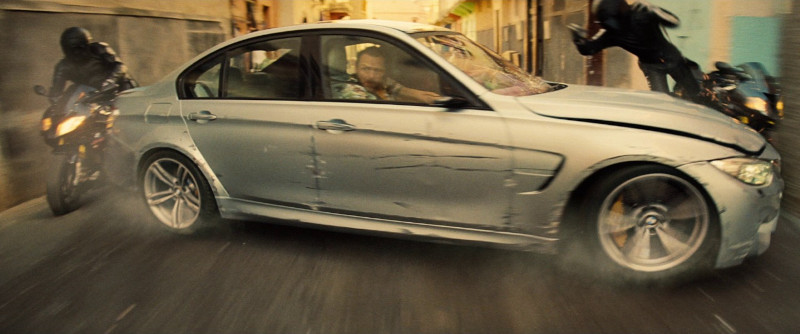
Action and violence in a story (I use movies as my examples) can be fun, humorous, empowering, or spectacular. But I want to talk about action that makes the audience worry about the characters. How can we, as storytellers, maximize the apparent danger to the characters, and maximize the audience’s fear for their safety? Going bigger and louder isn’t the answer. It’s hard to keep track of 30 enemy soldiers, and blowing up the whole world seems abstract. No, for maximum peril, put the threat right in the character’s face and give them time to look at it. Keep it close.
This kind of danger has three axes. I’ll provide examples of the extremes, but remember that they are continuums, not binaries.
- Intimacy: How close is the threat to the character?
- Vulnerability: If the threat is not neutralized, how badly will it hurt the character?
- Speed: Does the audience (and the character) have time to understand the threat?
Intimacy: Far
The whole scene is a joke that the knight is not threatening at such a distance.
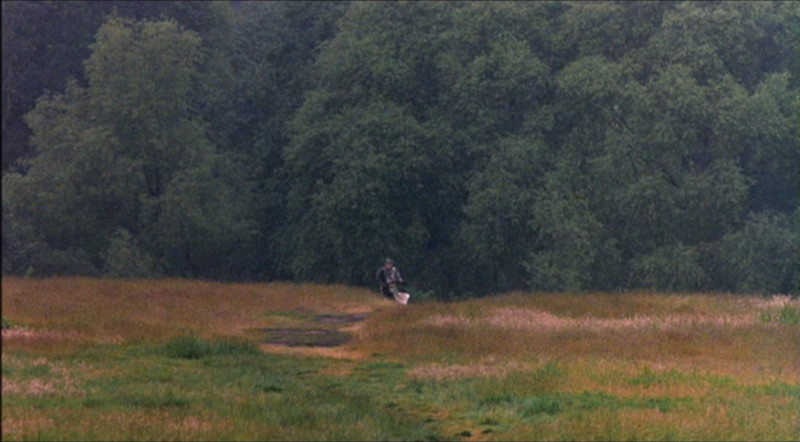
Intimacy: Close
Dodge This! There’s no room to dodge. No space between the threat and the character.
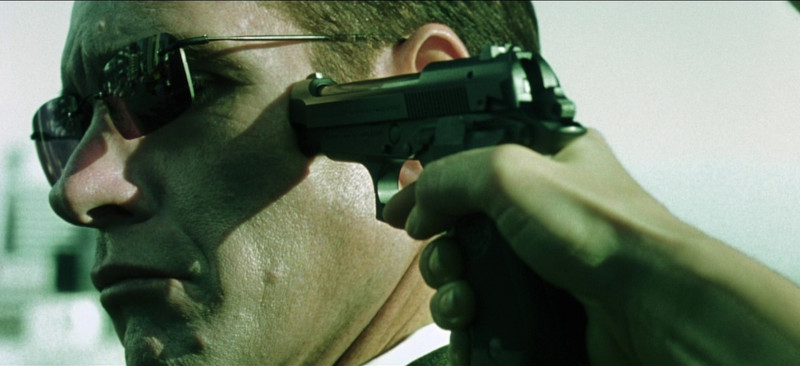
Intimacy: OVERFLOW
Body horror is especially potent because the threat is already inside, in a place that should be completely safe and under control.
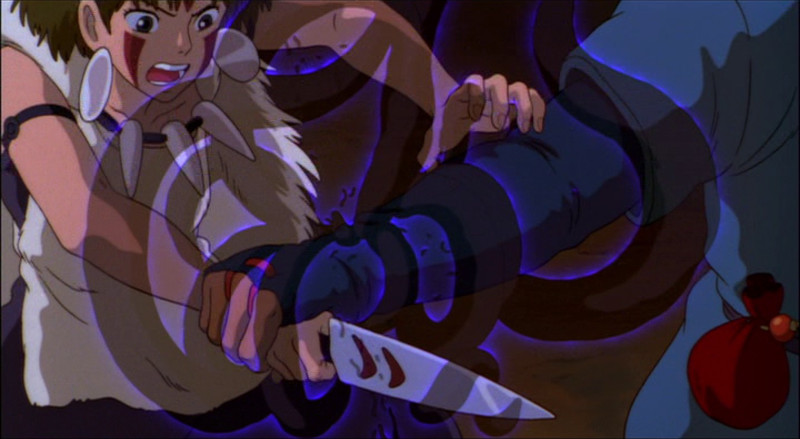
Vulnerability: Safe
She’s got a metal body and knows a secret martial art. She’d be fine even if she lost this bar fight, which she clearly won’t.

Vulnerability: Dangerous
A point-blank shotgun blast will kill a normal human.
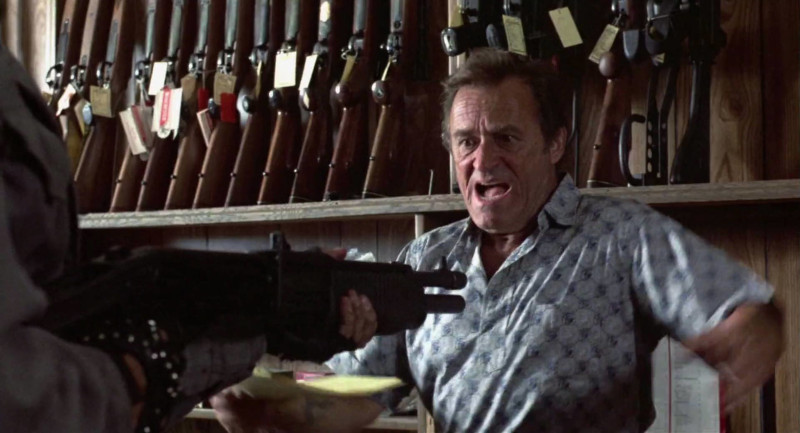
Speed: Fast
The opponent’s strikes are so quick that the character can either handle them, or she’s already lost.

Speed: Slow
This creature isn’t moving, so the crew has time to try various ways to remove it and realize that none of them work.

Speed: Too Slow
The soldiers and Jeeps can’t keep up, so the Iron Giant just leaves. If the threat has no effect for a long time, or gives the characters plenty of time to prepare, it’s less threatening.

Combine these three axes to create especially intense moments.
- Dangerous: Drowning is lethal.
- Close: She’s gasping for the last inches of air as the water fills the cabin
- Slow: The water rises slowly, and drowning is a slow death.
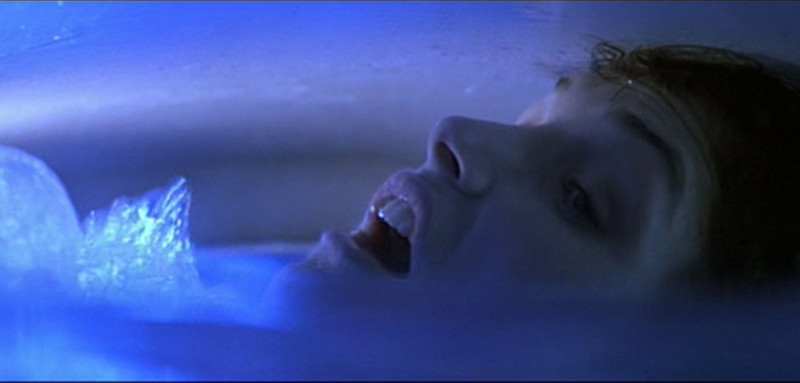
Another way to increase the danger is to use multiple threats. In the Abyss, even if Linds doesn’t drown right now, she’ll soon be vaporized by a nuclear explosion, and if that is prevented, she’ll suffocate later when the damaged rig runs out of oxygen. Too Slow threats now loom large in the distance. The disaster has reserves. Do you? To escape more than one threat, the character must use some or all of the following:
- Simultaneous solutions: The character needs to do more things than they have time for. Too Slow threats are now fast enough to be worrisome.
- Different solutions: If multiple threats can be neutralized by doing the same thing repeatedly or skilfully, that’s just one big threat.
- Opposing solutions: Neutralizing one threat makes another threat worse.
Here’s an example from Jurassic Park, where Lex is about to be:
- drowned in mud
- crushed by the car
- eaten by the dinosaur
The crushed car makes escaping the mud difficult. The mud makes escaping the car difficult. Inside the car is the only shelter from the dinosaur. Truly a terrible situation!

A special shout-out to portals like doors and windows, which give you close and slow for free.
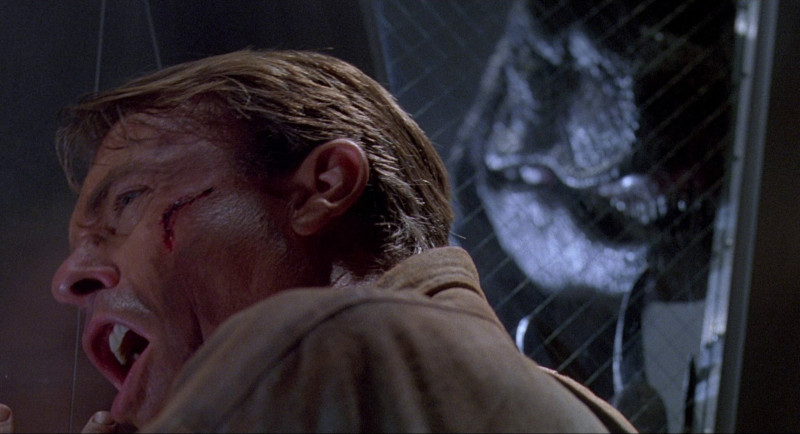
Portals can also be used for irony: showing characters something they want or need, but denying them access.
